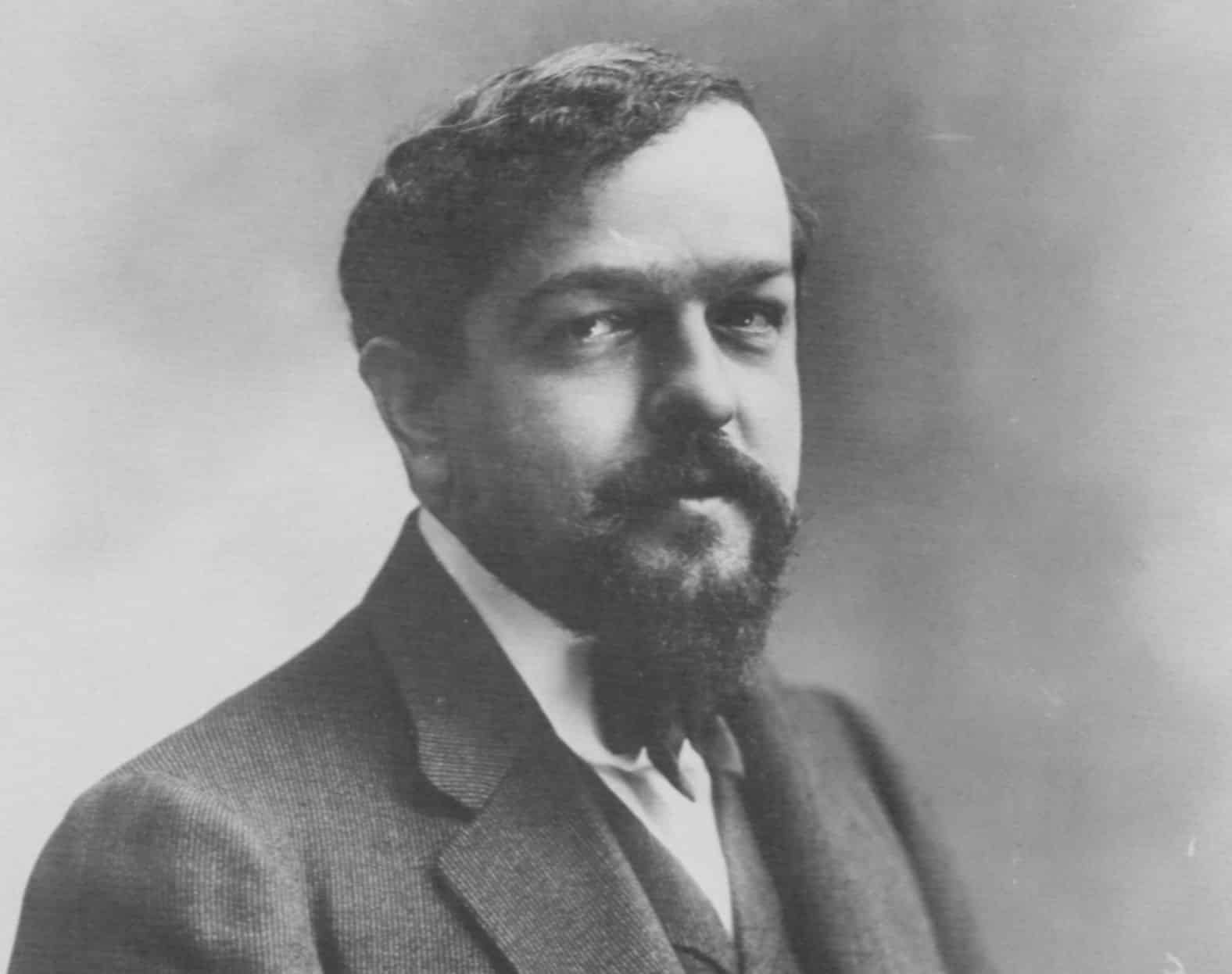Pelléas et Mélisande is the only completed opera by French composer Claude Debussy, and it stands as a landmark in the history of modern music. Debussy’s radical departure from traditional operatic norms helped redefine the genre in the early 20th century. The work is known for its subtle orchestration, nuanced vocal lines, and dreamlike atmosphere—qualities that place it firmly in the Symbolist tradition.
Origins and Inspiration
The opera is based on the play Pelléas et Mélisande (1893) by Belgian Symbolist writer Maurice Maeterlinck. Debussy saw the play shortly after its publication and was immediately captivated by its mysterious tone and poetic ambiguity. Unlike the grand operas of his time, which focused on dramatic action and vocal virtuosity, Maeterlinck’s play was introspective, moody, and filled with silences and suggestion.
Debussy saw in it the perfect vehicle for his musical ideals. He was interested in creating a new kind of opera—one that would reflect the emotional depth and subtlety of the human experience rather than spectacle and melodrama.
Composition Process
Debussy began composing Pelléas et Mélisande in 1893 and worked on it intermittently over the next decade. The composition process was slow and meticulous. Debussy adapted Maeterlinck’s text himself, cutting some scenes but retaining the original language almost verbatim. He sought to preserve the integrity and rhythm of the Symbolist poetry.
The score was largely completed by 1895, but Debussy continued to revise it until its premiere. Throughout this time, he experimented with harmony and orchestration, seeking a sound that was at once atmospheric and emotionally restrained.
Premiere and Reception
Pelléas et Mélisande premiered at the Opéra-Comique in Paris on April 30, 1902, conducted by André Messager. The premiere divided critics and audiences. Some were baffled by the opera’s lack of conventional arias, its subdued emotional tone, and its rejection of traditional dramatic structure. Others, however, recognized it as a groundbreaking masterpiece.
Despite the controversy, the opera quickly gained a devoted following. Influential figures such as composer Maurice Ravel and conductor Pierre Monteux admired its originality. Over time, Pelléas et Mélisande came to be seen as a cornerstone of modern music and a defining work of French Symbolism.
Musical Style and Innovations
Debussy’s score for Pelléas et Mélisande is unlike any opera that came before it. Instead of dramatic climaxes and virtuosic vocal displays, the music flows in a continuous stream, mirroring the ebb and flow of human thought and feeling. The vocal lines are often speech-like, in a style known as “recitative mélodique,” which blurs the line between speaking and singing.
The orchestration is rich but never overwhelming, often painting the psychological landscape of the characters rather than supporting overt action. Debussy uses harmonies that evoke mystery, nature, and inner emotion, often employing whole-tone and modal scales to create a fluid, impressionistic soundscape.
Legacy
Pelléas et Mélisande remains a touchstone of 20th-century opera. Its influence can be seen in the works of later composers such as Alban Berg, Benjamin Britten, and even film composers who seek to create mood and nuance through music.
For Debussy, this opera was not just a composition—it was a manifesto. It declared a new path for music, one in which suggestion and atmosphere could be more powerful than statement and action.
More than a century after its premiere, Pelléas et Mélisande continues to captivate audiences with its haunting beauty and emotional depth. It stands as a timeless work that speaks to the inner lives of its characters—and, by extension, to our own.


Comments are closed